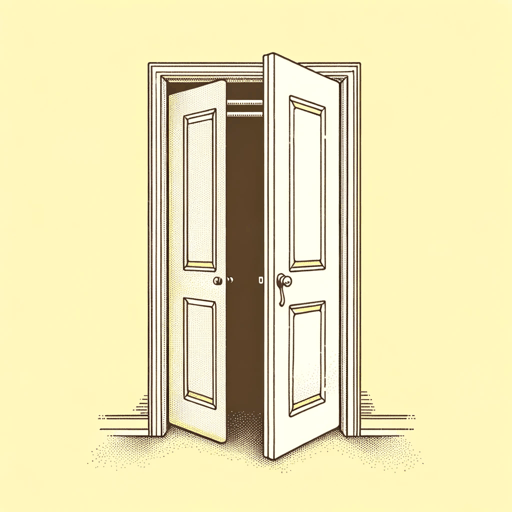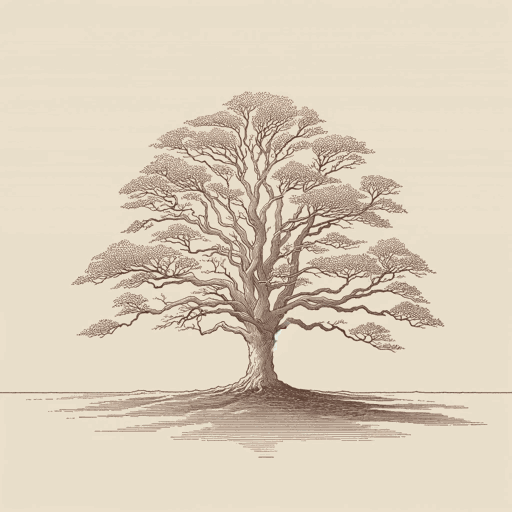71 pages • 2 hours read
Charles Brockden BrownWieland
Fiction | Novel | Adult | Published in 1798A modern alternative to SparkNotes and CliffsNotes, SuperSummary offers high-quality Study Guides with detailed chapter summaries and analysis of major themes, characters, and more.
Further Reading & Resources
Further Reading: Gothic Fiction
- Bellefleur (1980), A Bloodsmoor Romance (1982), Mysteries of Winterthurn (1984), My Heart Laid Bare (1998), and The Accursed (2013) by Joyce Carol Oates
Joyce Carol Oates has been described as a neo-Gothic writer. The books listed above comprise her “Gothic series”. She acknowledges Charles Brockden Brown as one of the earliest influencers of the Gothic genre along with Edgar Allan Poe and H.P. Lovecraft. In an essay on “The Aesthetics of Fear,” (1998) she describes horror literature as having a cathartic function in that it evokes “an artful simulation” of emotion that is “crude, inchoate, nerve-driven and ungovernable.” Such fiction helps readers to exercise their capacity to regulate emotion that might otherwise be overpowering when encountered in real life.
- Hamlet, Macbeth, King Lear and The Tempest by William Shakespeare
Shakespeare is probably one of the greatest and widest-ranging influences on English literature. Hamlet, Macbeth and King Lear contain many of the elements that define the Gothic genre, including ghosts, witches, storms, and gloomy old castles. Wieland subtly references The Tempest in chapter 6, which features a storm accompanying the arrival of Carwin as the Caliban-esque figure. Other Shakespearean tricksters include Ariel, also from The Tempest, Puck from A Midsummer Night’s Dream and, arguably, Falstaff who, as a favorite of Queen Elizabeth, appeared in four of Shakespeare’s plays.
Related Titles
By Charles Brockden Brown


